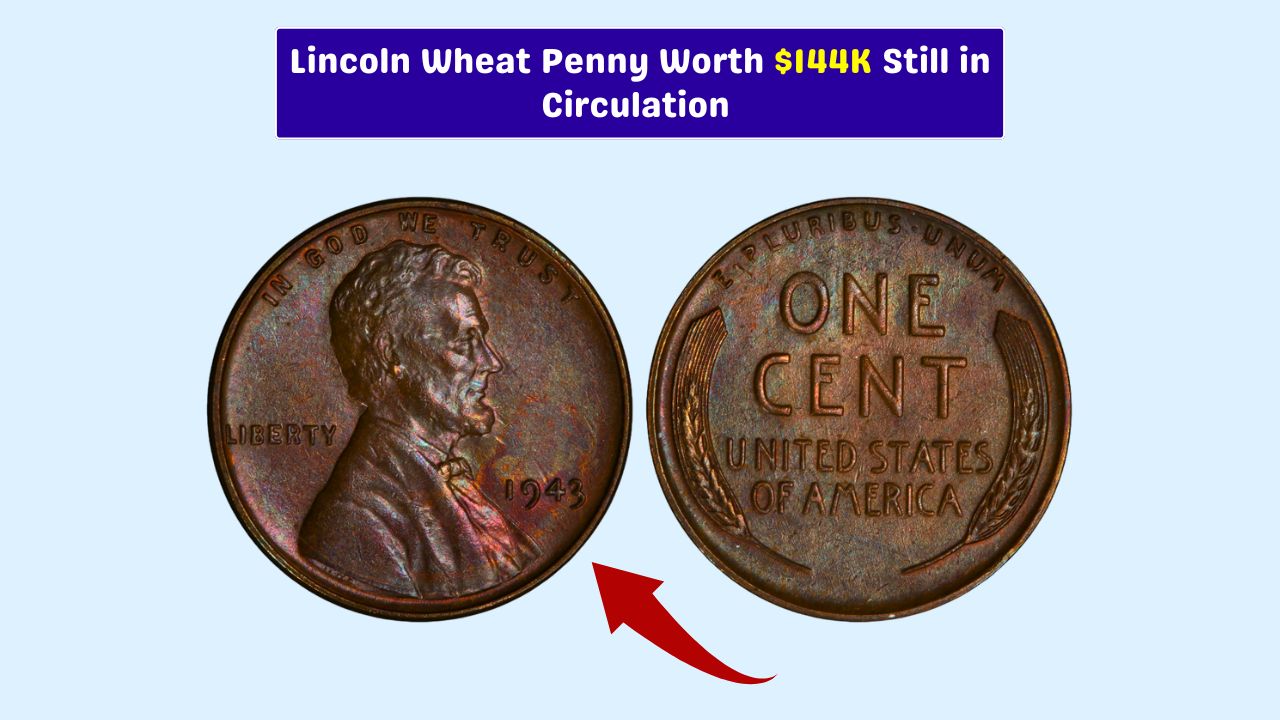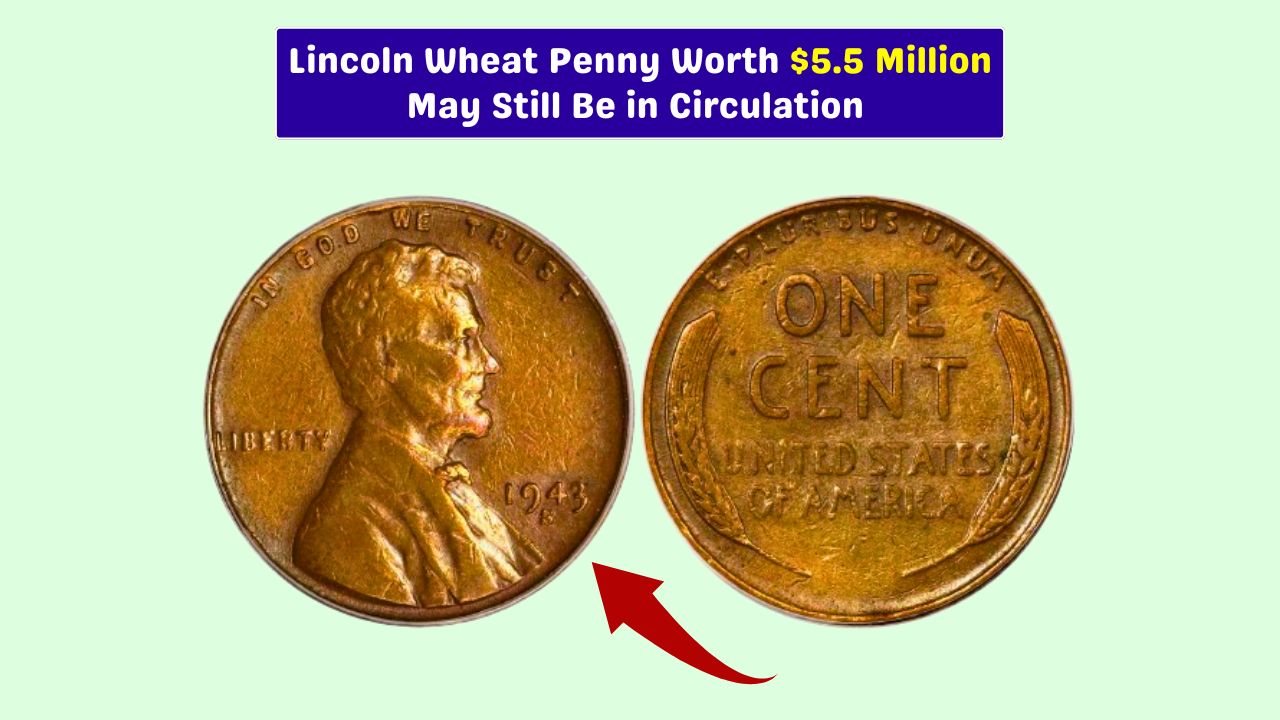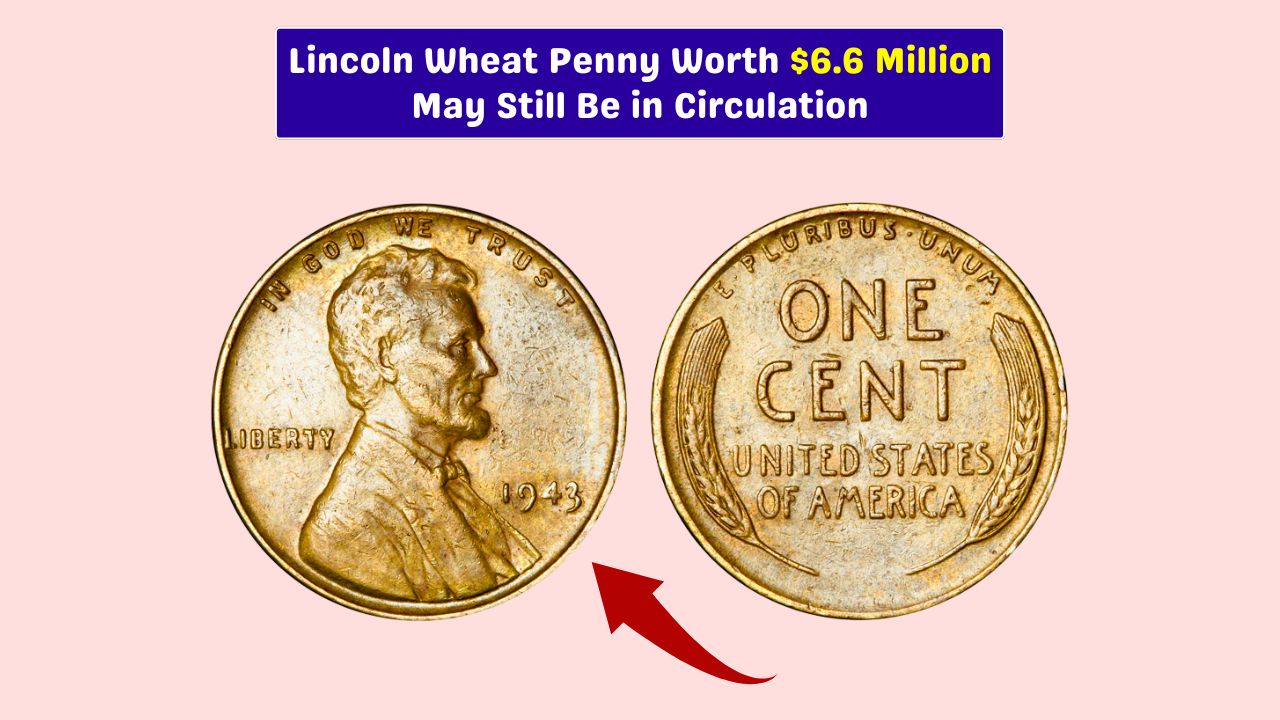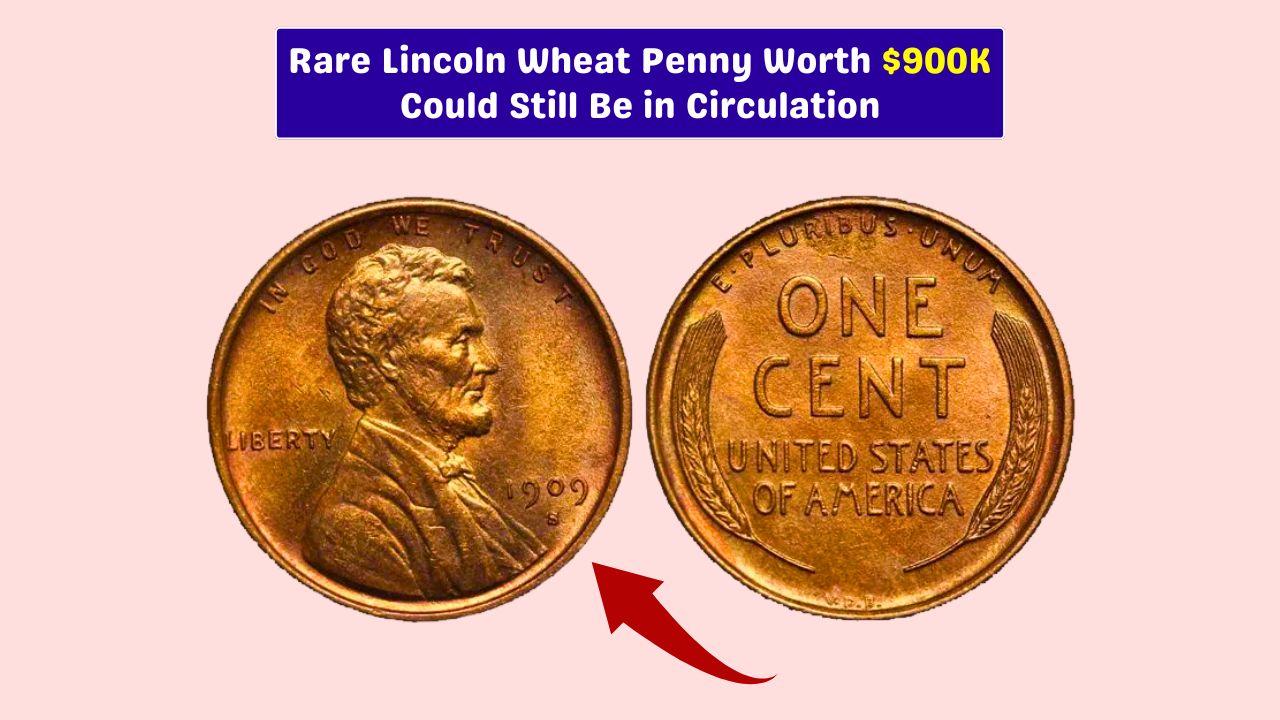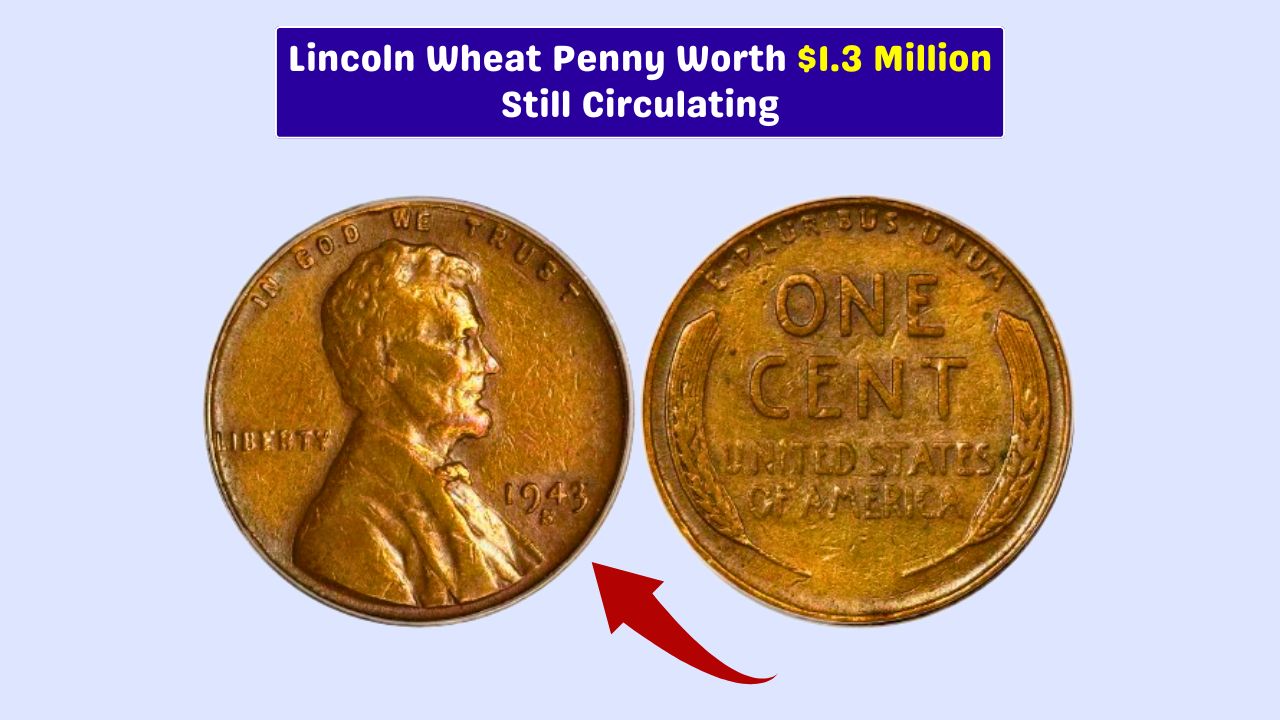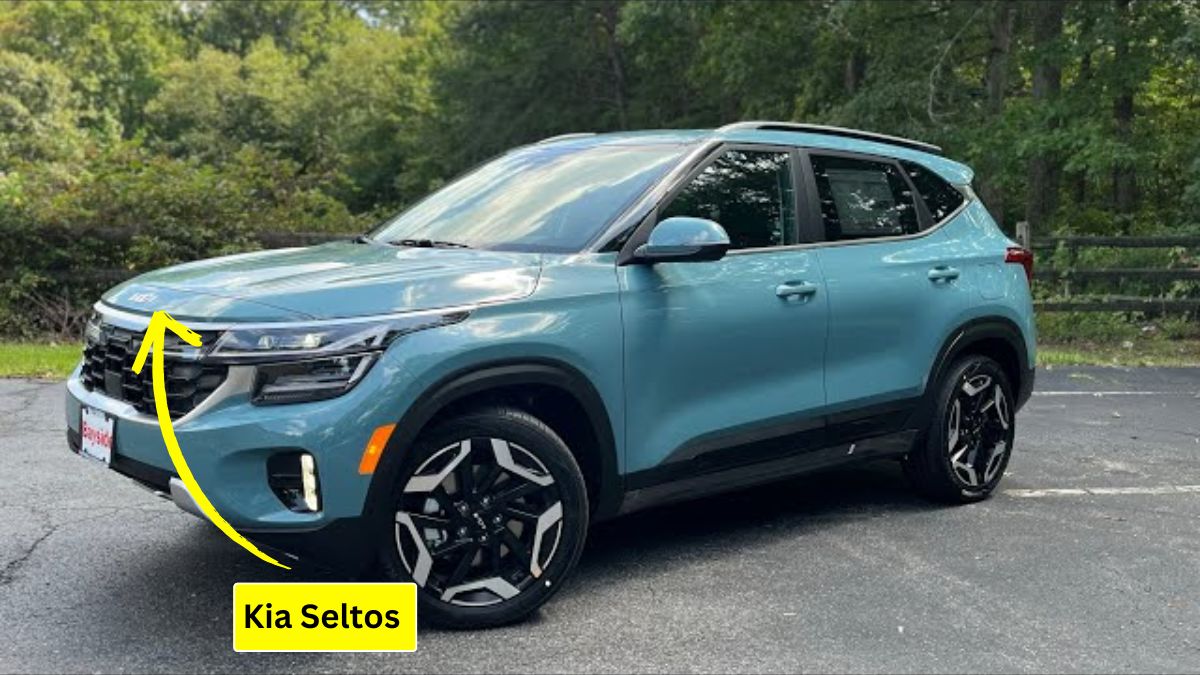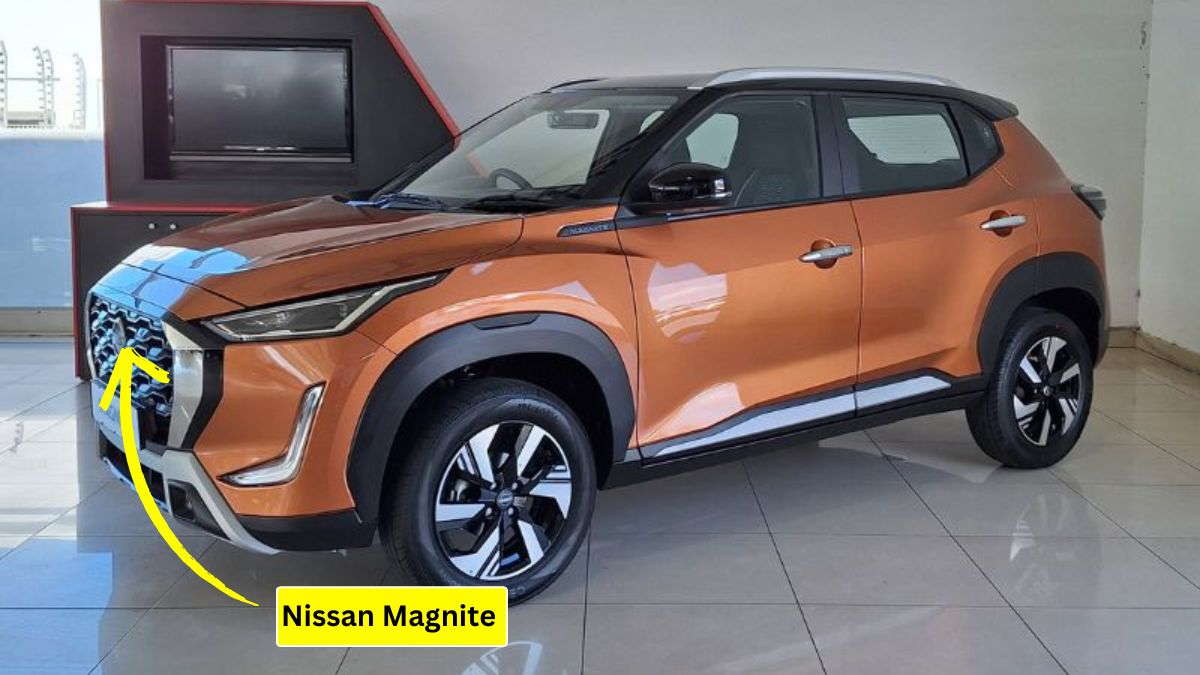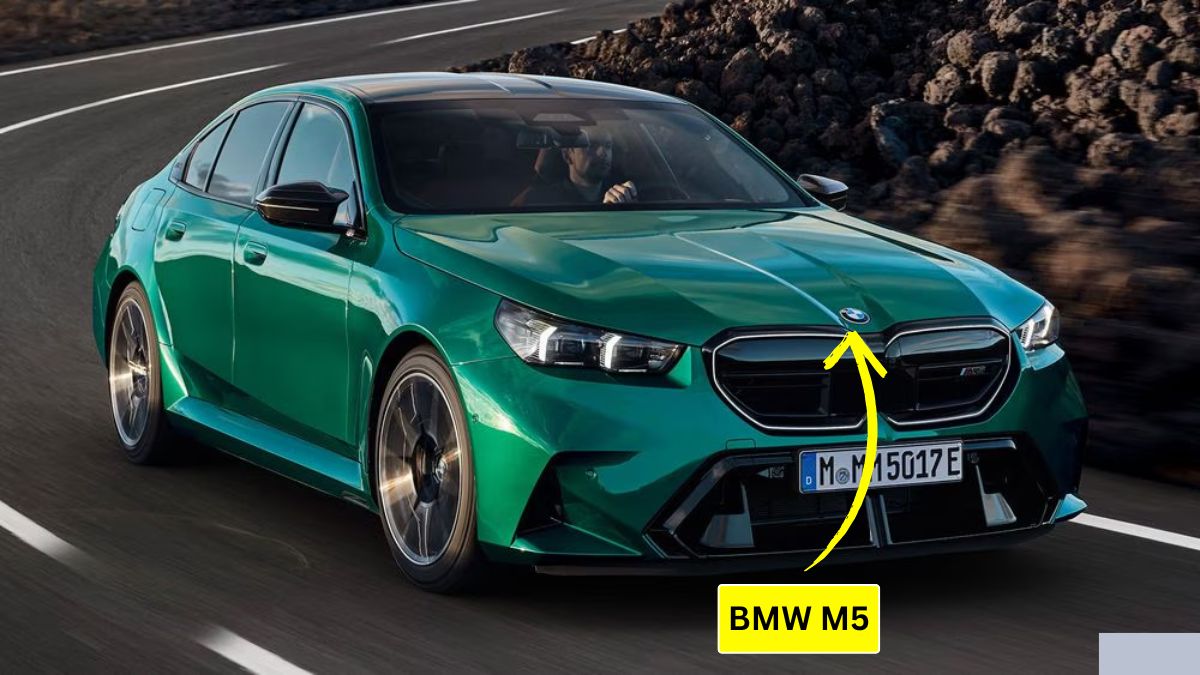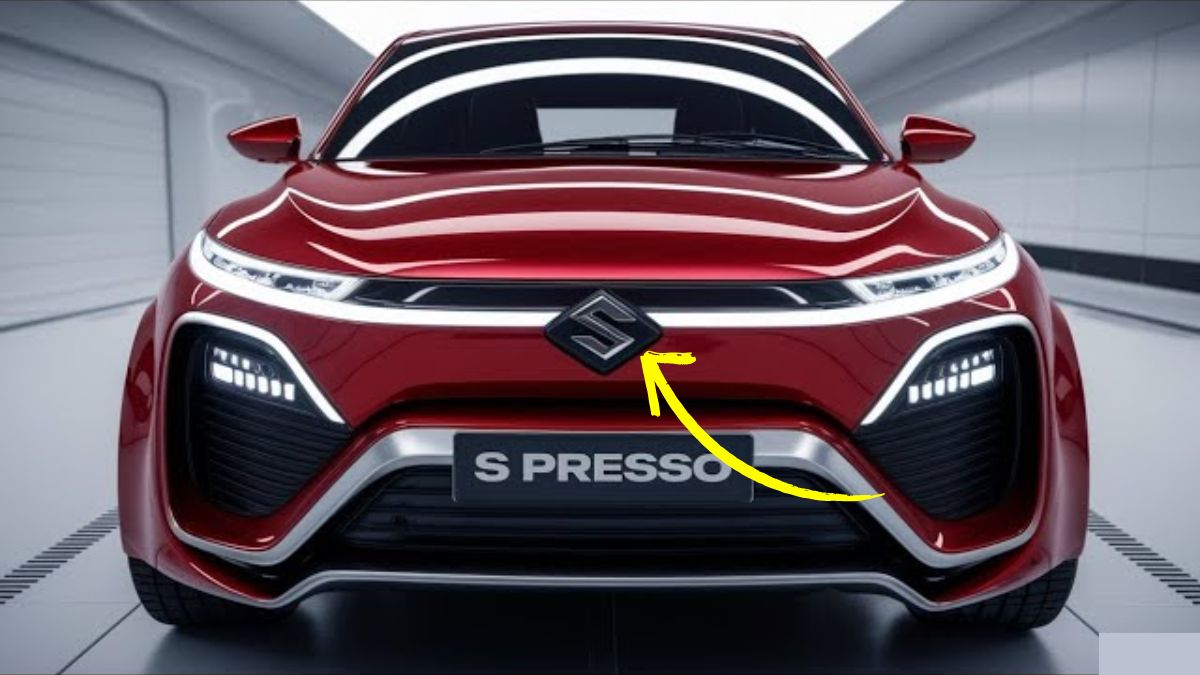The Lincoln Wheat Penny is a familiar piece of American history. First introduced in 1909, this coin stayed in circulation until 1958.
While most of these pennies are worth just a cent today, there’s a rare version that recently grabbed headlines for being worth a whopping $1.2 million.
Curious how a small copper coin could be worth so much? Let’s take a closer look at this unexpected treasure.
Origins
The Lincoln Wheat Penny was created to honor the 100th anniversary of Abraham Lincoln’s birth. It was the first U.S. coin to feature a real historical figure, showing Lincoln’s profile on the front and two wheat stalks on the back. For nearly 50 years, it served as an everyday coin in the pockets of millions of Americans.
Even though production of the Wheat Penny stopped in 1958, many are still found in old jars, drawers, or even mixed in with loose change. Most of them are only worth face value—but a few rare ones are worth a fortune.
Rarity
The star of this story is the 1943 copper Lincoln Wheat Penny. During World War II, the U.S. government needed copper for the war effort, so the Mint started making pennies out of zinc-coated steel instead.
However, a few copper planchets were mistakenly left in the minting machines. These copper blanks were struck with the 1943 date before anyone noticed the error.
That little mistake created one of the rarest coins in U.S. history. Only a handful of 1943 copper pennies are known to exist, and when one pops up, collectors are willing to pay huge sums to get their hands on it. One of these rare coins was recently valued at $1.2 million.
| Feature | 1943 Steel Penny | 1943 Copper Penny |
|---|---|---|
| Material | Steel coated with zinc | 95% Copper |
| Weight | 2.7 grams | 3.11 grams |
| Color | Gray/silver | Reddish-brown |
| Estimated Value | $0.10 to $10 | Up to $1.2 million |
| Rarity | Very common | Extremely rare |
Value
So how can a penny be worth over a million dollars? It comes down to rarity, condition, and historical context. The 1943 copper penny is not just rare—it’s the result of a minting error during a critical time in U.S. history. That unique combination makes it extremely valuable to collectors.
Condition also matters. A 1943 copper penny in near-perfect condition can fetch a much higher price than one that’s scratched or worn. The more pristine the coin, the more collectors are willing to pay.
Circulation
You might be shocked to learn that some of these valuable pennies are still in circulation. Since they look similar to the steel pennies from 1943, they often go unnoticed. That means it’s still possible, though unlikely, to find one in your pocket change or coin jar.
As knowledge spreads about the value of these coins, more people are taking the time to inspect their pennies. But there’s still a chance that one of these hidden gems could be sitting unnoticed in someone’s spare change.
Potential
Rare coins can show up in the most unexpected places. You don’t have to be a professional collector to stumble across one. Many people find valuable coins in family coin collections, inherited boxes, or even in jars of saved change.
If you think you’ve found a 1943 copper penny, don’t clean it or try to polish it. That can actually reduce its value. Instead, get it checked by a coin dealer or a certified coin grading service to see if it’s the real deal.
The $1.2 million Lincoln Wheat Penny is a reminder that sometimes the smallest things can hold incredible value. It might just look like another old coin, but with the right mix of rarity, history, and condition, that penny in your pocket could be worth a fortune.
So next time you get change at the store, take a second look—you never know what you might find.
FAQs
Why is the 1943 copper penny rare?
It was a minting mistake during WWII when copper was scarce.
What does a 1943 copper penny look like?
It has a reddish-brown color and doesn’t stick to a magnet.
Can I still find a 1943 copper penny in change?
It’s unlikely, but a few may still be in circulation.
Should I clean an old penny I find?
No, cleaning can reduce its value. Leave it untouched.
Where can I check my coin’s value?
Visit a coin dealer or use a professional grading service.






